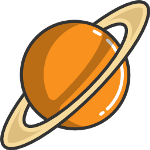Planet Saturn | The Ringed Planet
Majestic Rings Of Ice And Dust!
The sixth planet from the Sun, Saturn is ten times farther from the Sun than Earth and the furthest planet visible with the naked eye! It is home to a dazzling system of rings and an incredible collection of moons. Like the other gas giants, Saturn is mostly a huge ball of hydrogen and helium gas. Simply put Saturn is the coolest planet in the solar system!
Fast Facts About The Ringed Planet!
- Name Origin: Named after the Roman god Saturnus; god of Agriculture
- Polar Diameter: 108,730 km (67,560 miles)
- Equatorial Diameter: 120,540 km (74,900 miles)
- Planet Rank: 2nd Largest
- Number of Moons: 82 known moons
- Orbital Radius: Average of 1.43 billion kilometres (9.6 AU)
- Orbital Period: 29.5 years (10,759 Earth days!)
- Rotational Period: ~10 hours 33 minutes
- Axial Tilt: 26.7° to its orbit
- Composition: 99.5% Hydrogen & helium
- Surface Temperature: -139 °C (134 K)
Interesting Facts About The Cool Looking Saturn!
- Saturn has been known since ancient times as it is clearly visible in the night sky with the naked eye. If you view it with even a basic telescope you’ll be rewarded with an amazing view of Saturn’s Rings!
- The ringed planet is easy to see because it is really big! It is the second largest planet in our solar system after the Planet Jupiter. It is over 9 times wider than Earth and its rings could stretch from Earth to the Moon!
- Including its rings, Saturn has a mass 95 times greater than the Earth.
- It takes 80 minutes for sunlight from the Sun to travel the 1.4 billion kilometres to Saturn.
- Saturn also has the second shortest day of any planet. It completes one rotation in about 10 hours and 33 minutes.
- This high rate of rotation causes the planet to have a slightly ‘flattened’ shape. It is 10% wider at the equator than at the poles, more than any other planet!
- Saturn is a gas giant so is not like Mercury, Venus, Earth or Mars. There is no surface to stand on as the planet is made mostly of swirling gases (and liquids) from the original nebula which the solar system formed (read about how the Solar System formed).
- Due to Saturn being made mostly of Hydrogen and Helium gas (Helium makes your voice sound funny if you inhale it from a balloon), the planet would float in Earth’s oceans if they were big enough!
- Other planets have ring systems, but Saturn’s is by far the biggest and most beautiful! They are mostly made of trillions of tiny pieces of water ice with some dust and rock. Learn Cool Facts about Saturn’s Rings here.
- Like most of the planets with magnetospheres, aurorae (also known as polar lights) form at both Saturn’s north and south poles!
- It is very windy on Saturn. The winds are the second fastest in the solar system after those on Neptune. They have been recorded to be as fast as 1,800 kilometres per hour (1,120 miles per hour)! This is nearly 5 times faster than the winds on Earth!
- The Cassini spacecraft spotted strange hexagonal-shaped jet stream clouds around Saturn’s north pole. The spacecraft also took images of an intense storm centred over the planets south pole!
- Saturn is orbited by at least 82 moons, most are smaller than 50 kilometres in diameter, but it's larger moons are amongst the most interesting in the solar system! From geysers shooting into space from Enceladus, the two-faced Iapetus, the Death Star looking Mimas, to the hazy home of methane lakes on Titan! You can learn more about Saturn’s incredible moons here!
- A total of 4 spacecraft have visited the Saturnian system. Three made flybys (Pioneer 11, Voyager 1 & Voyager 2) The Cassini-Huygens spacecraft entered orbit around Saturn in 2004 to study the planet, its rings & moons up close. The cool little Huygens probe even descended through the atmosphere of Titan and landed on its surface!
- At the moment there are no future missions planned to visit Saturn. However, one day another space probe will be sent to study Saturn’s frozen moons like Titan and Enceladus as these may have habitat environments where life may exist! I can’t wait to see what they discover!
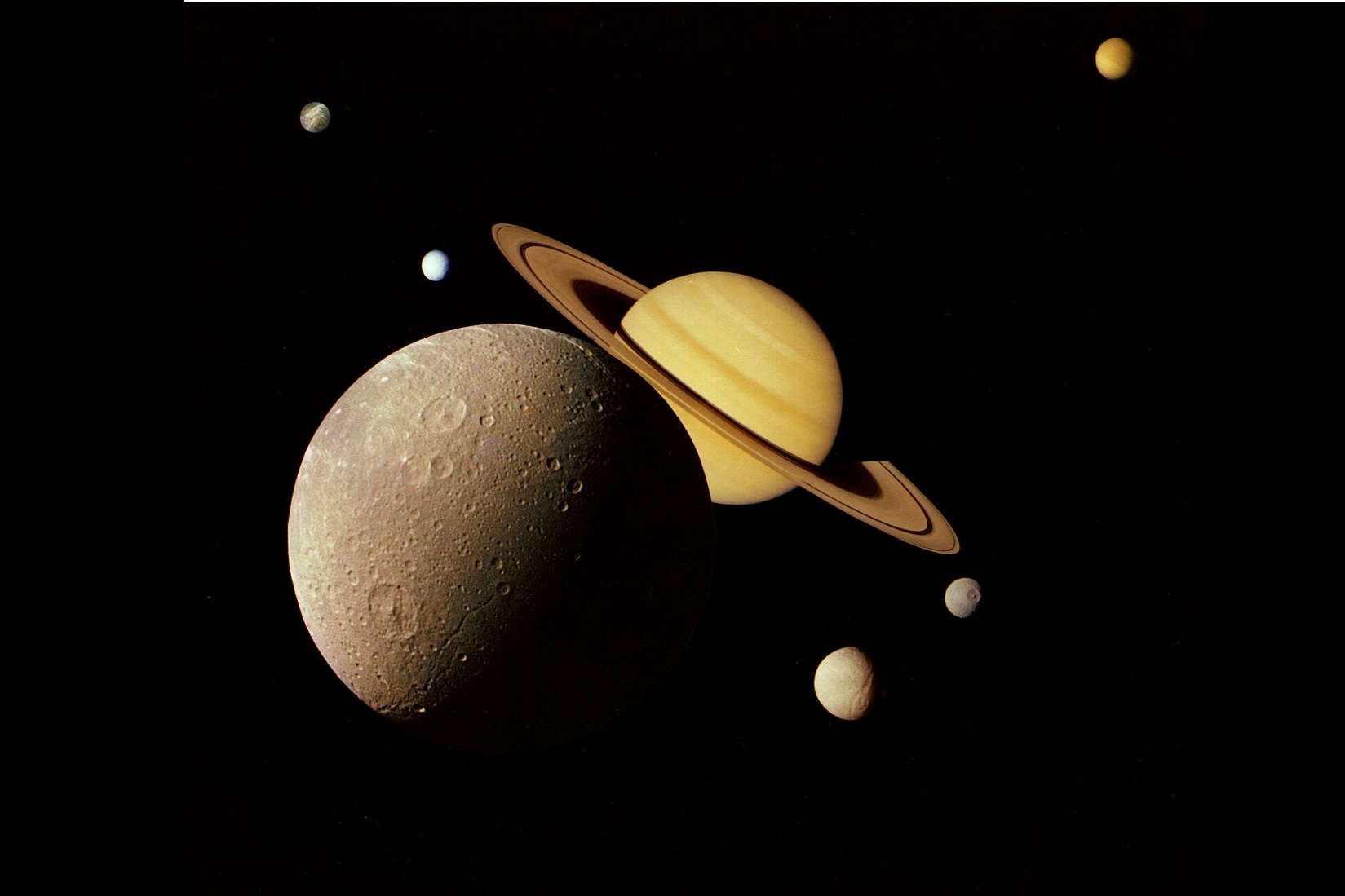
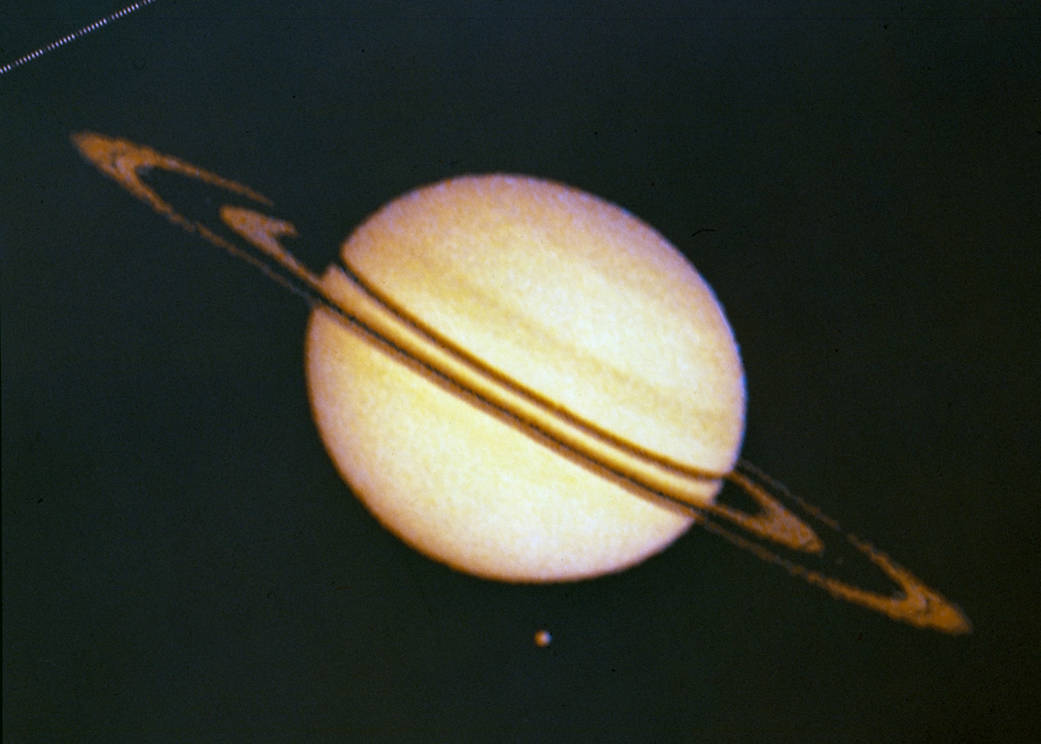
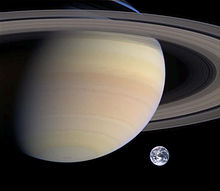
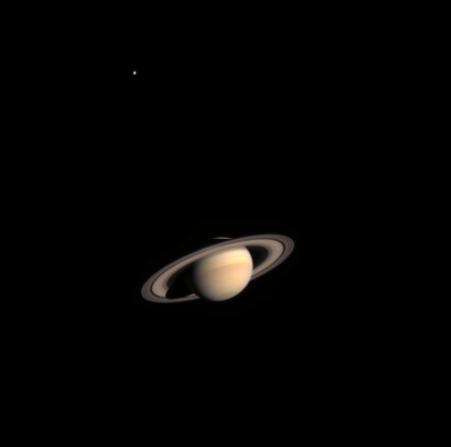
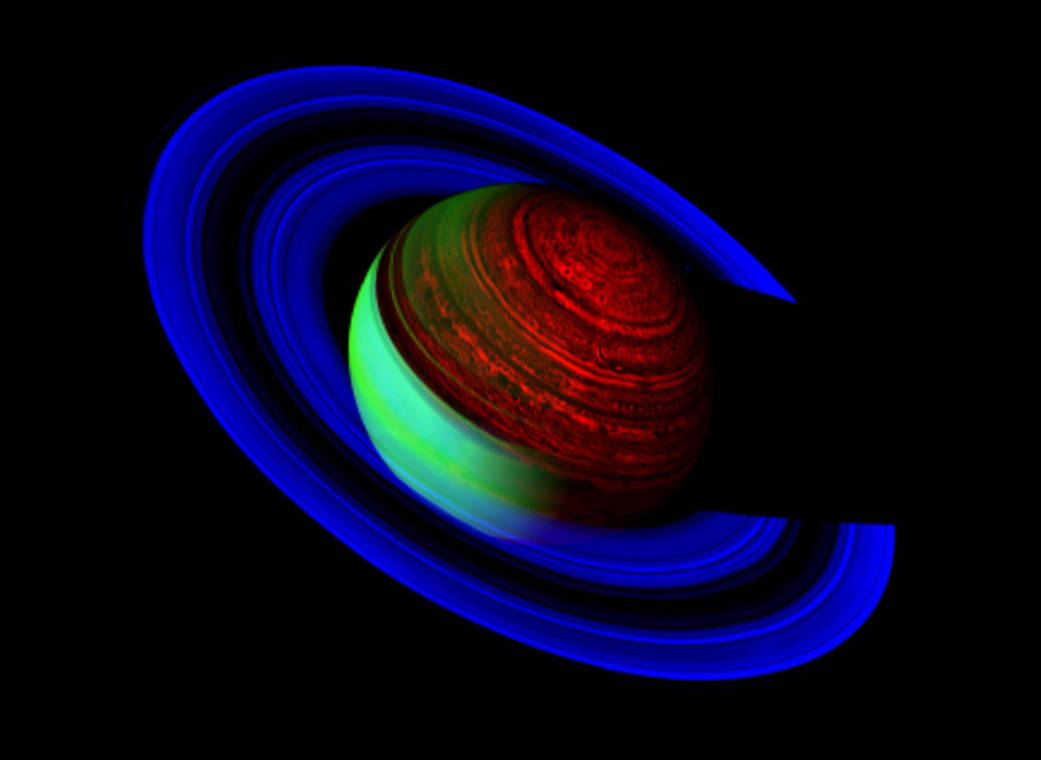
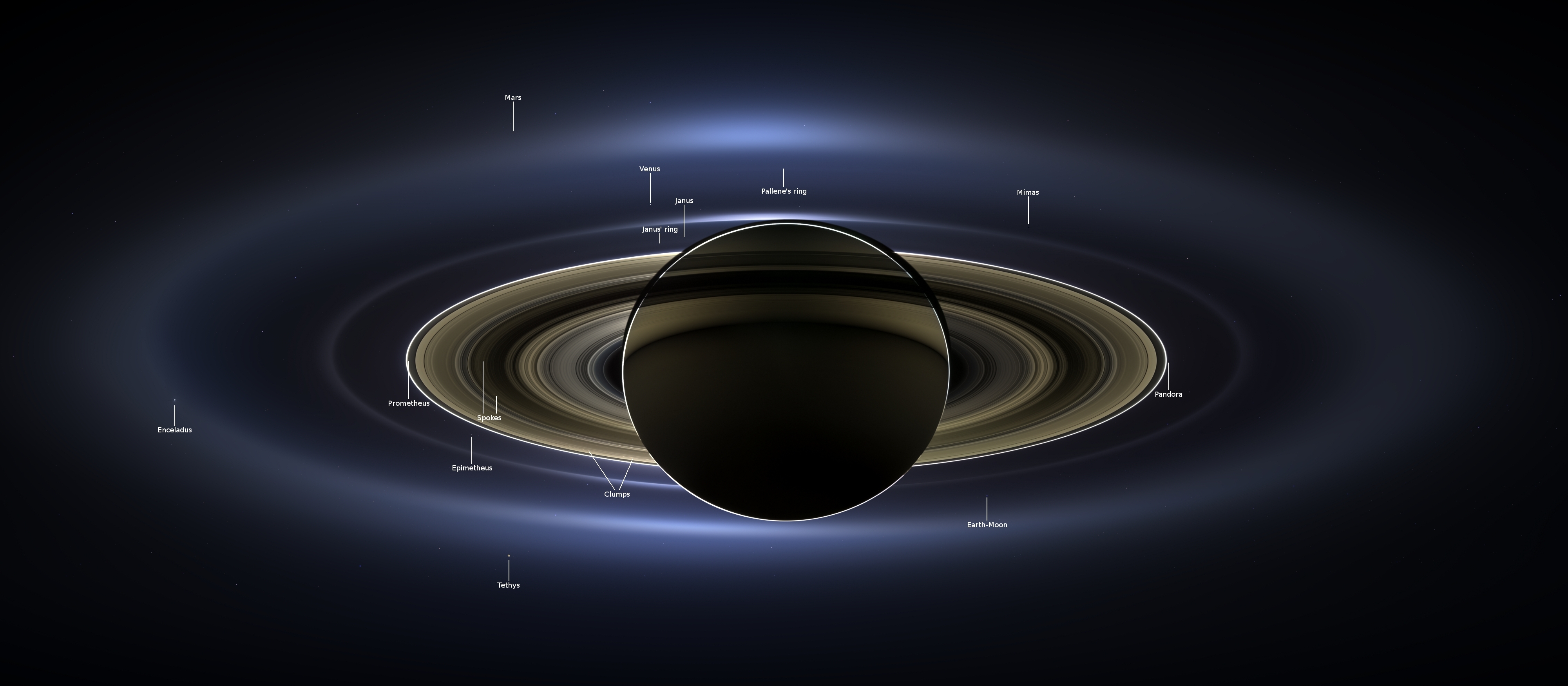
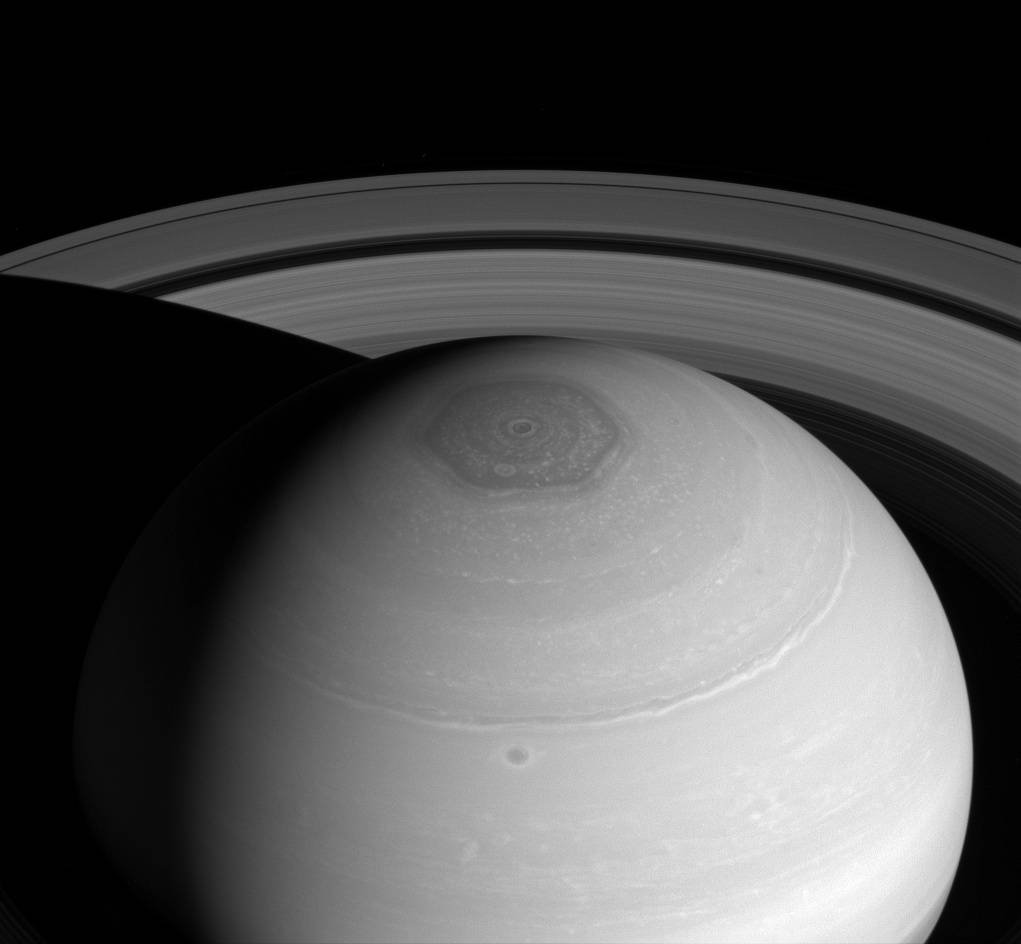
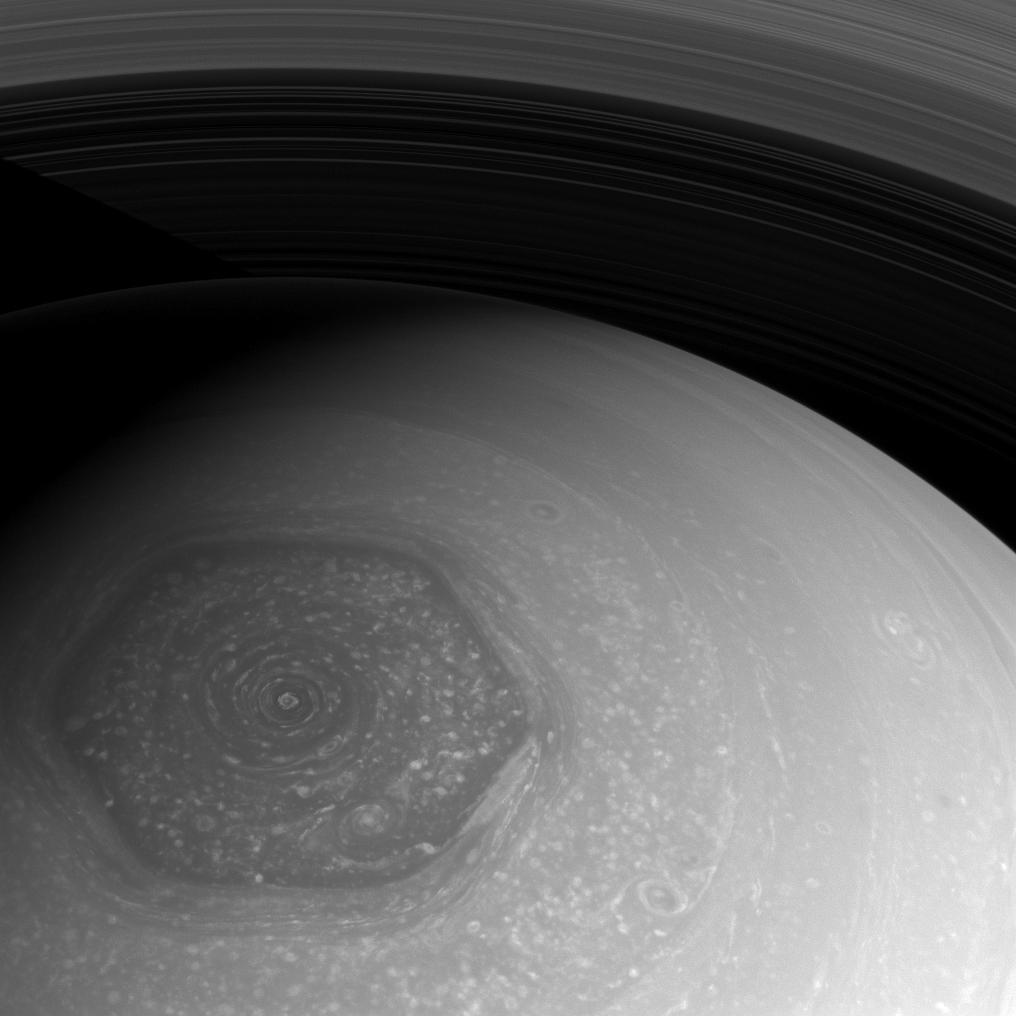
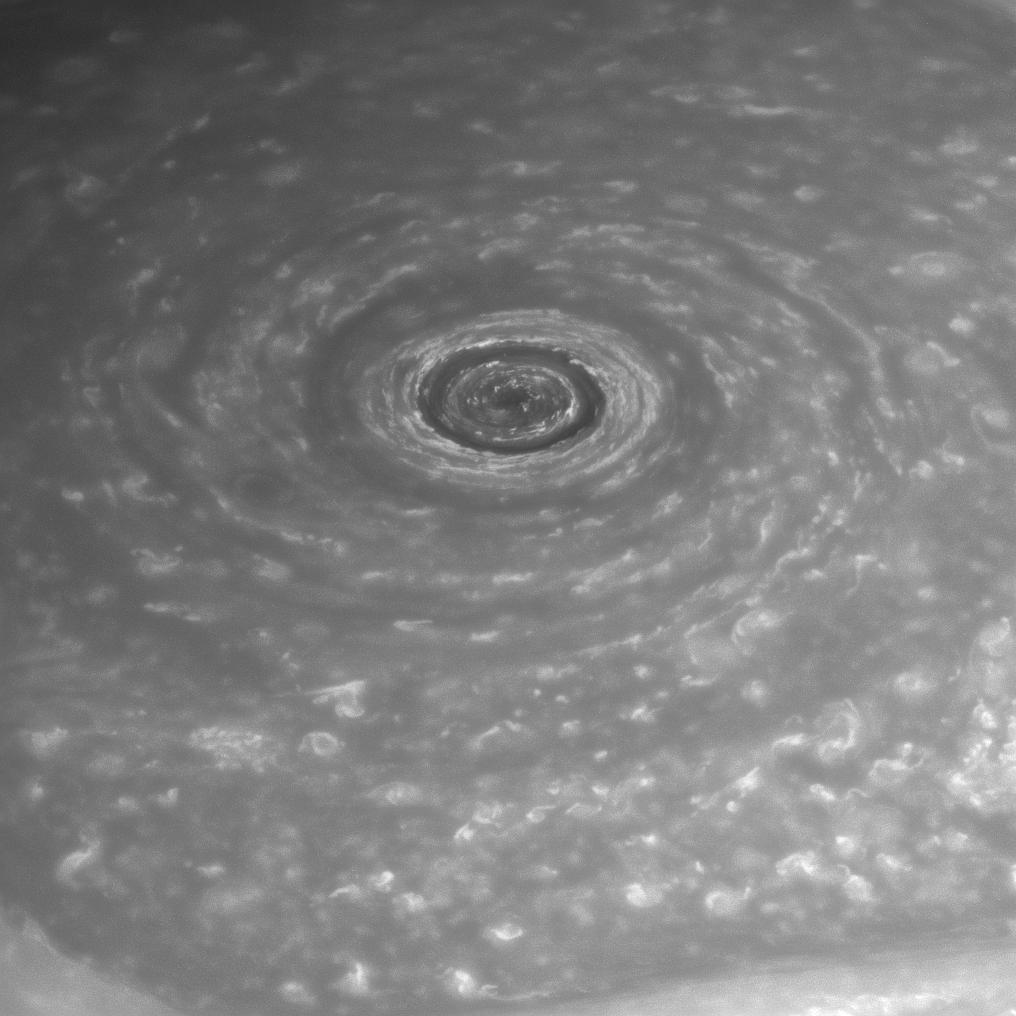
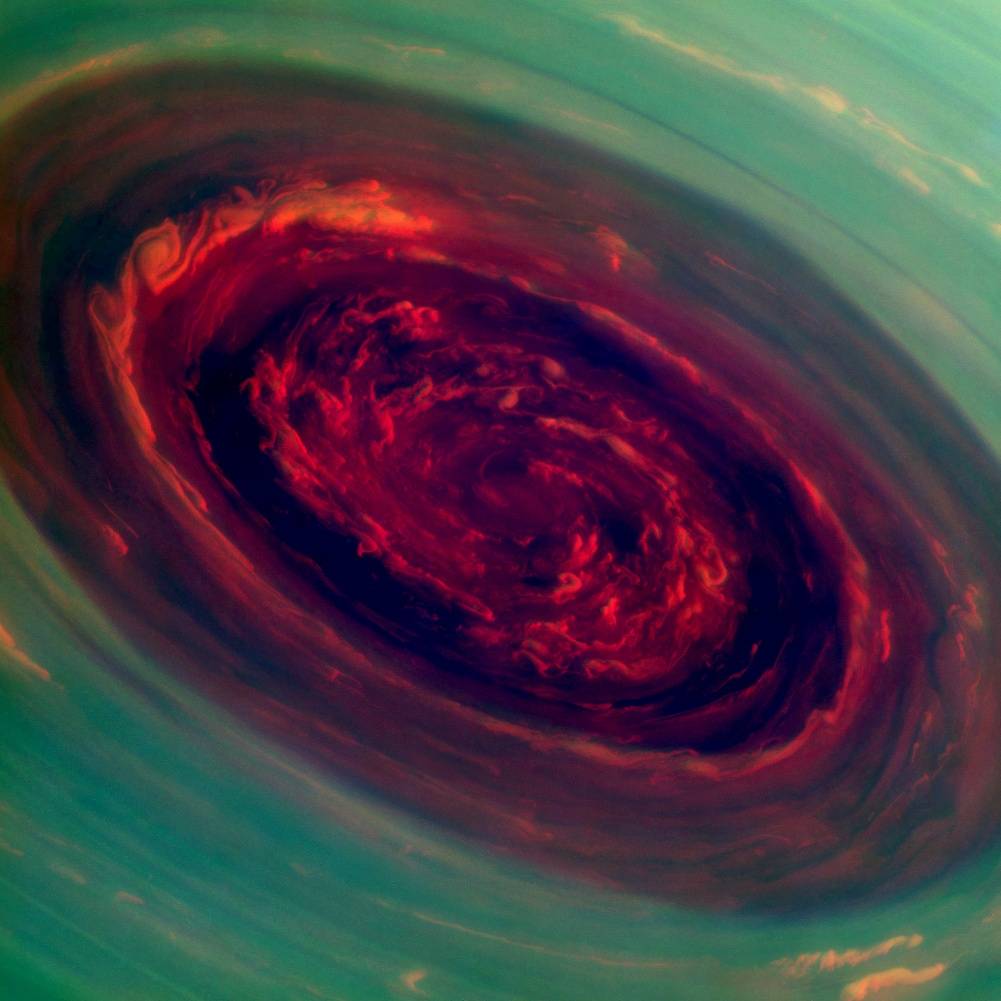
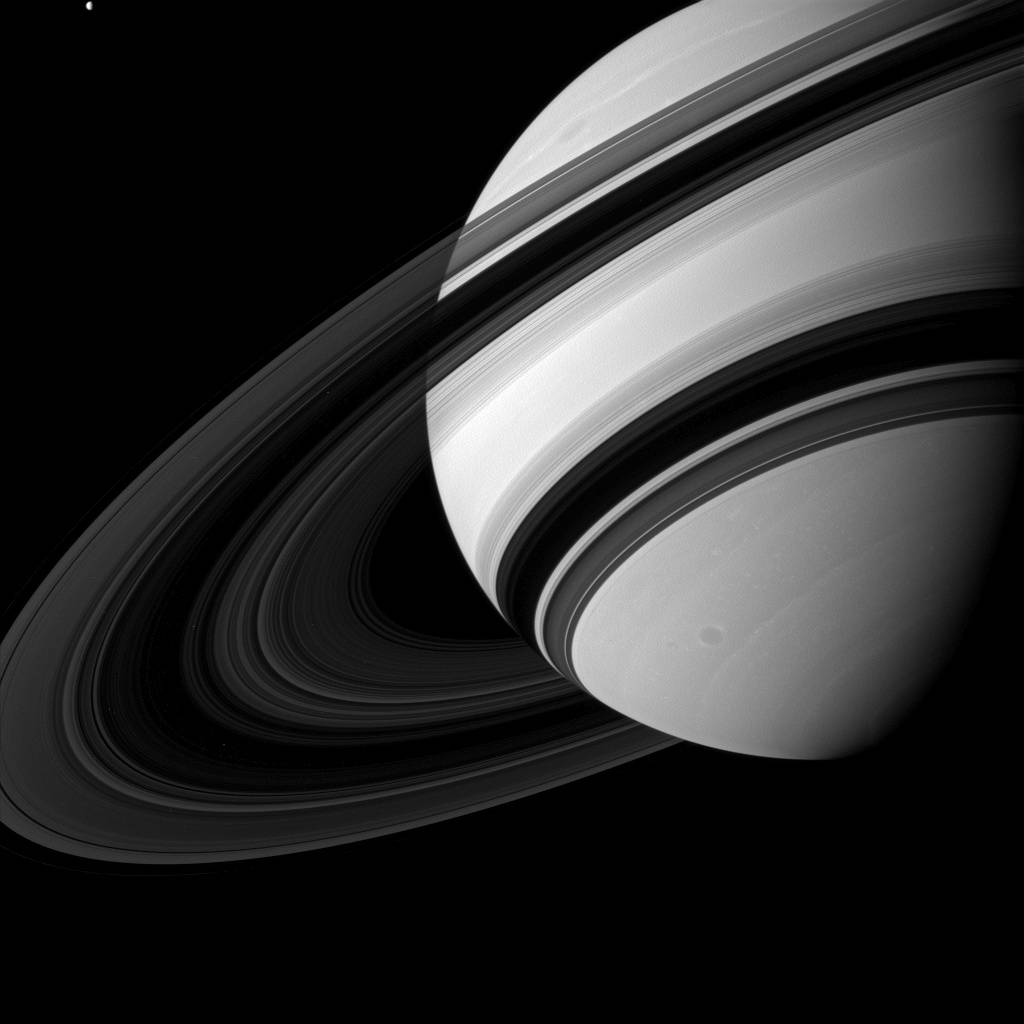
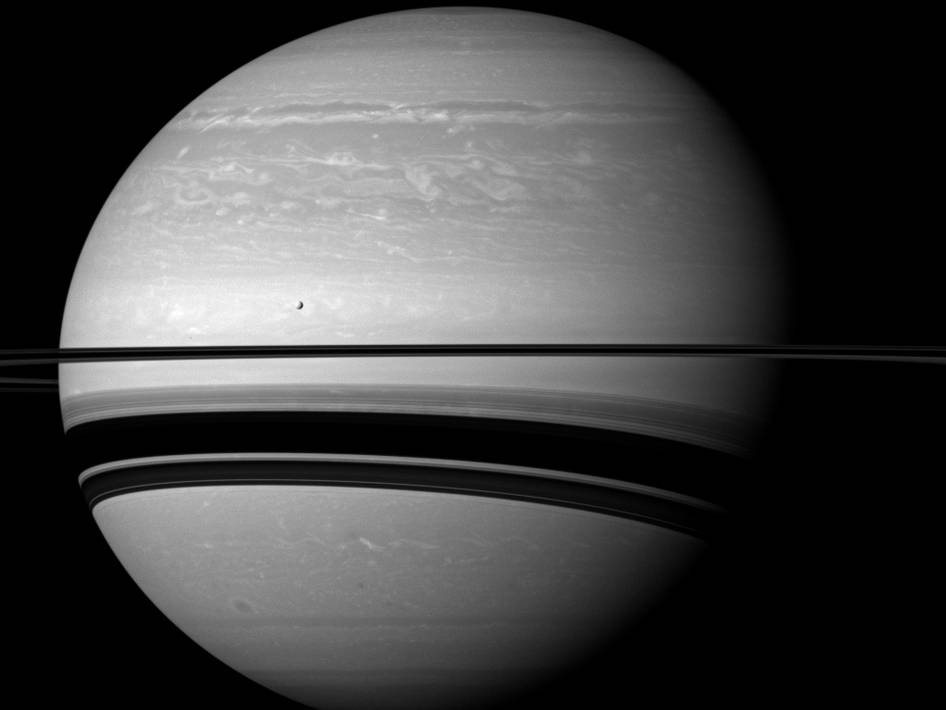
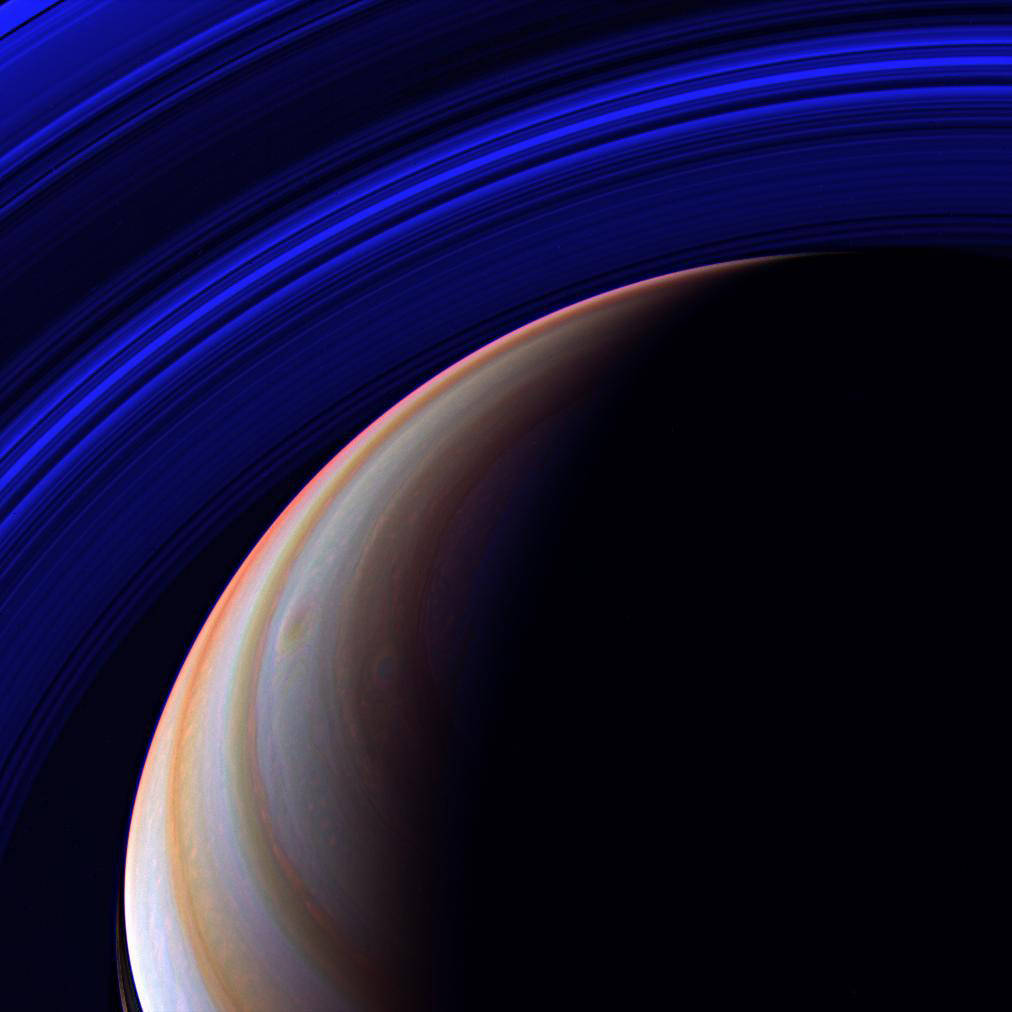
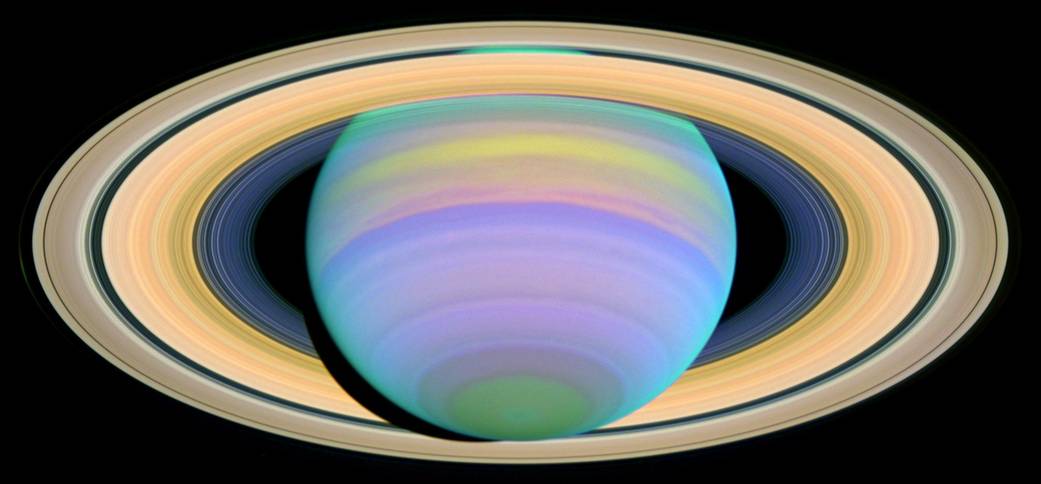
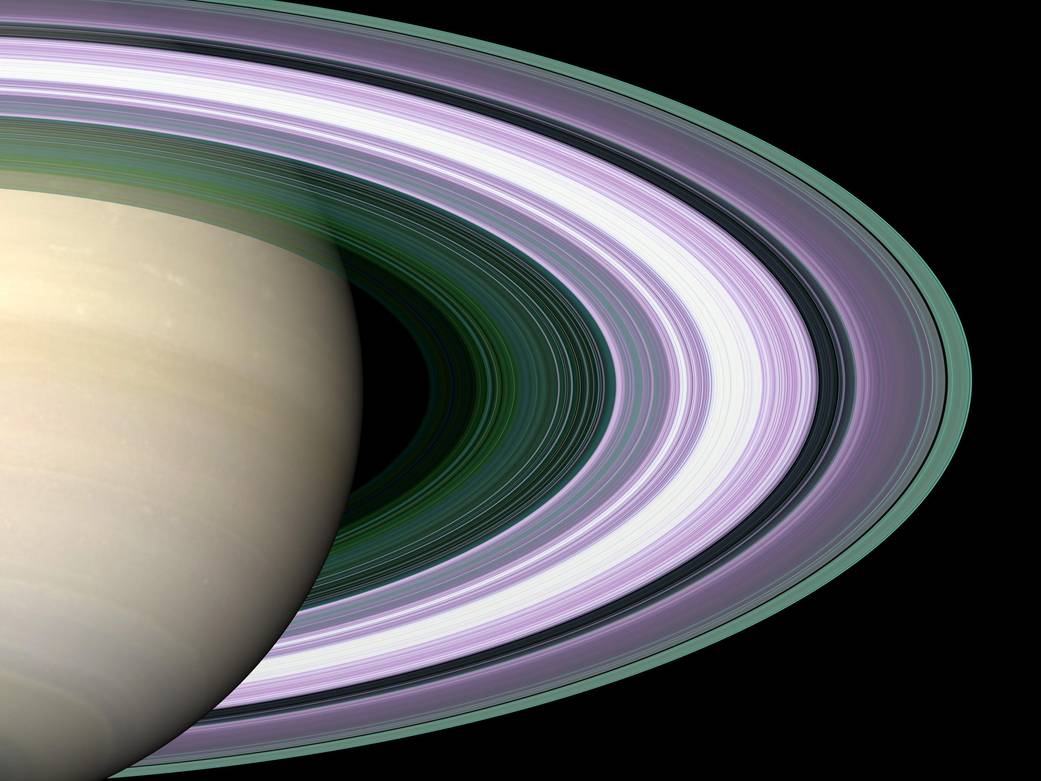
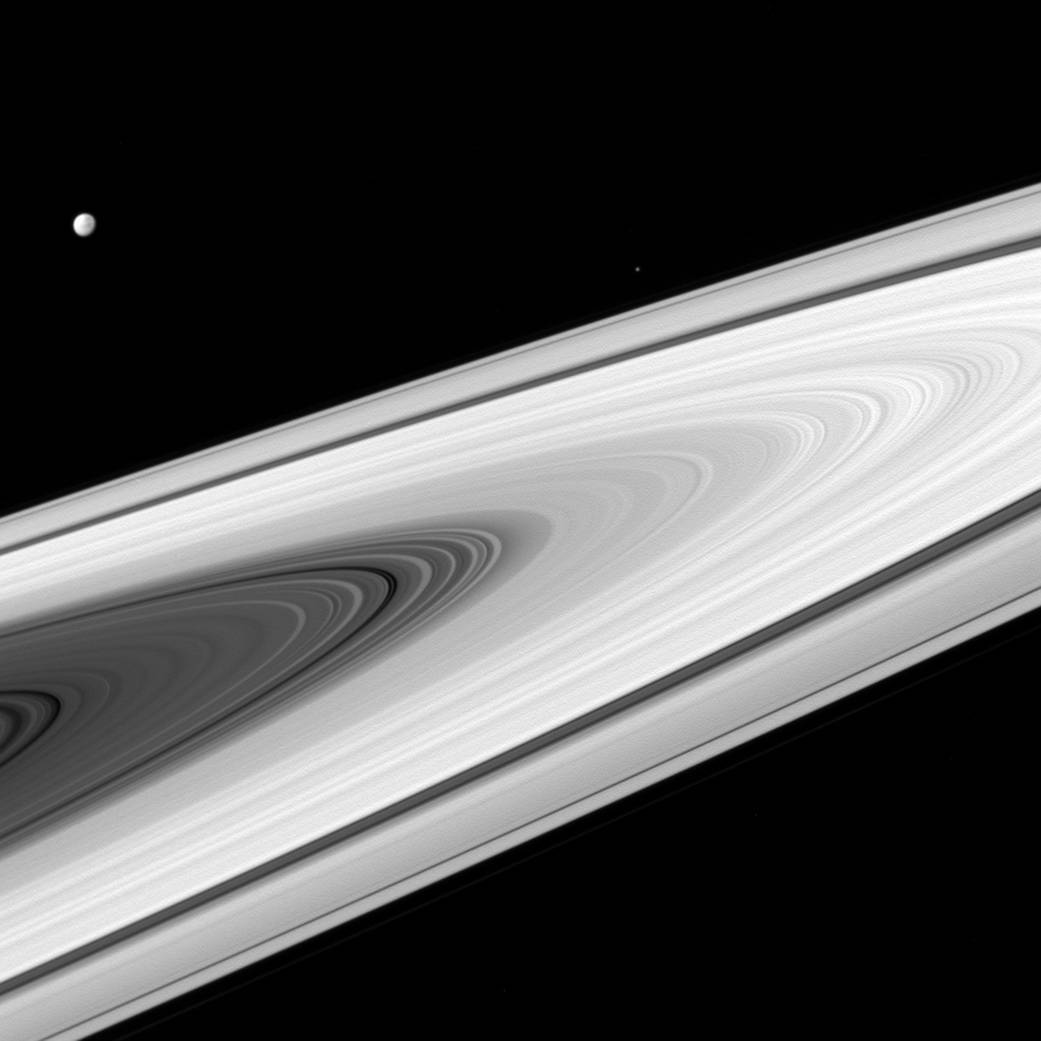
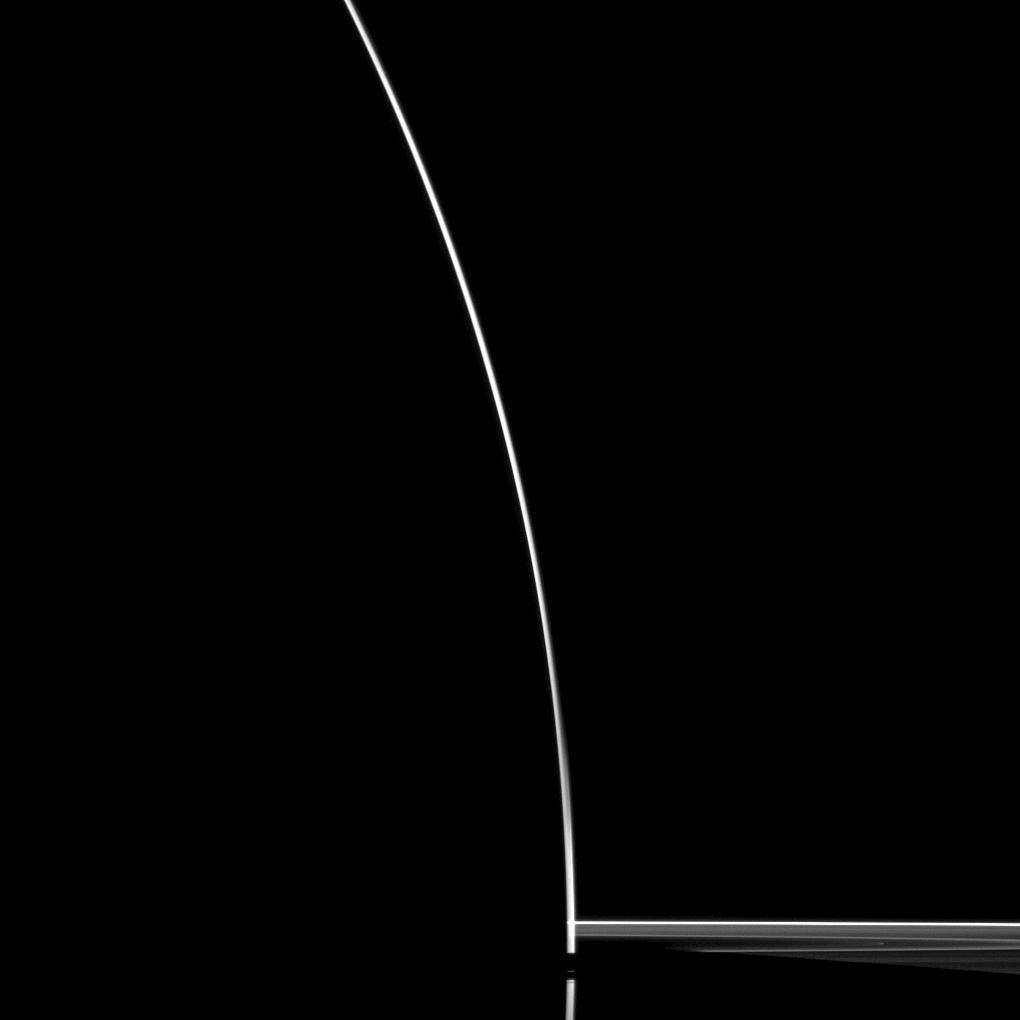
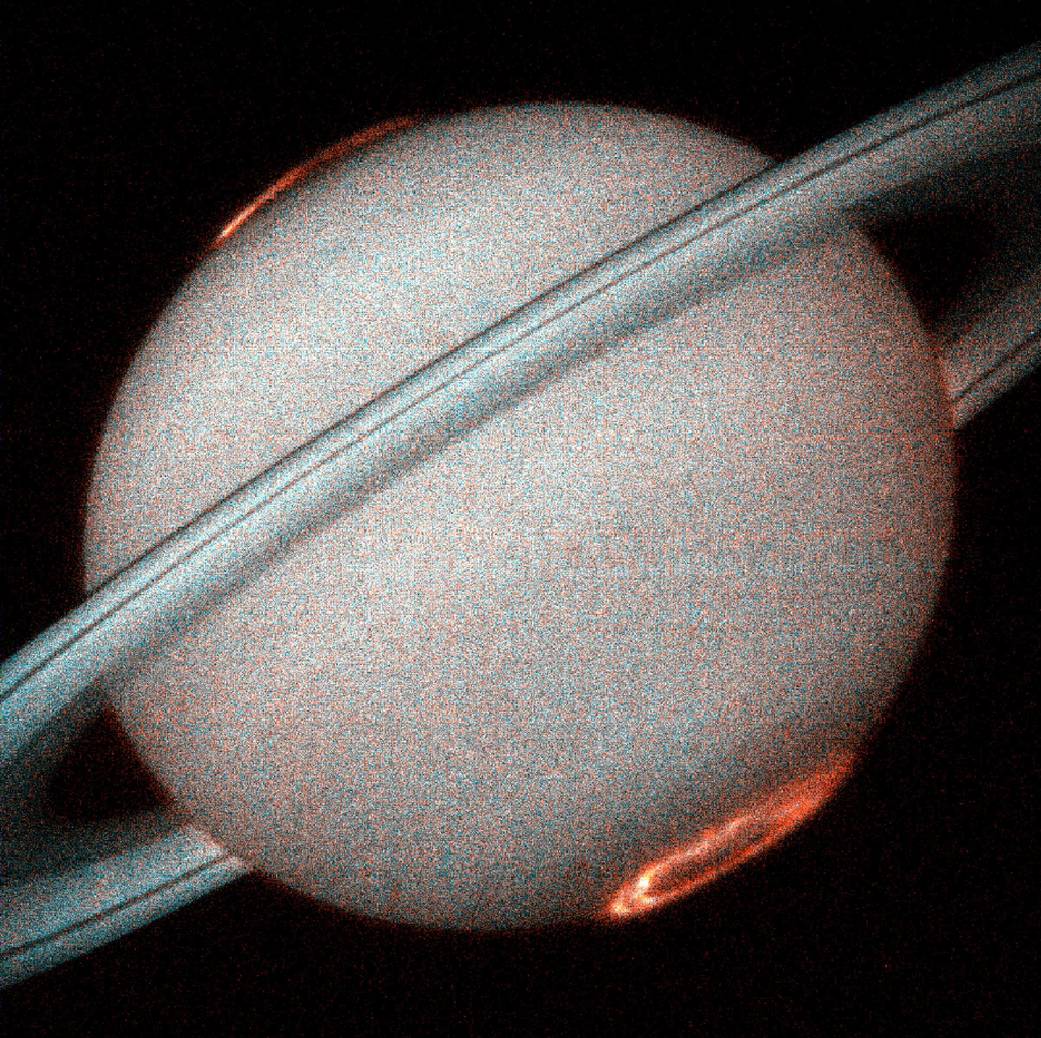
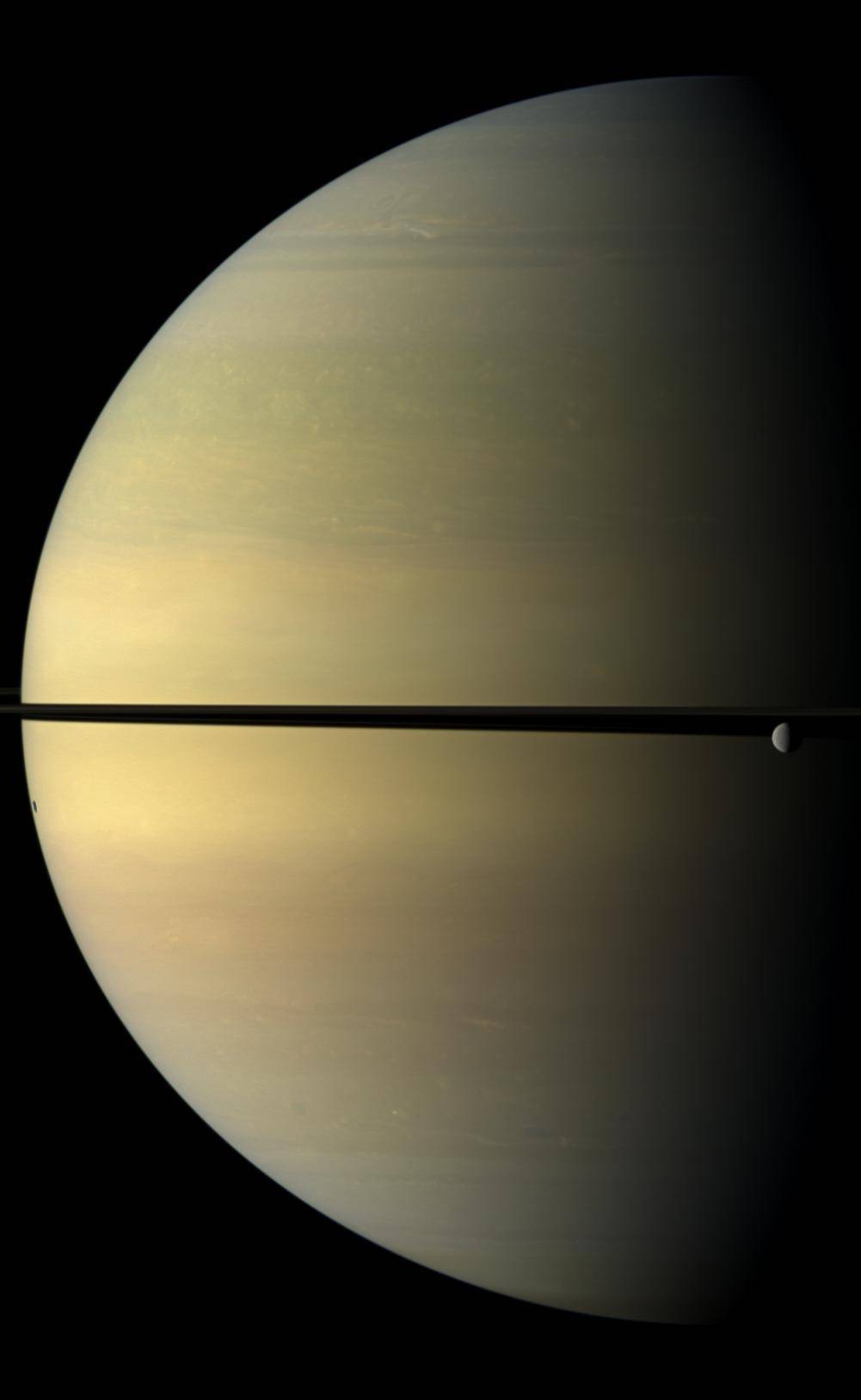
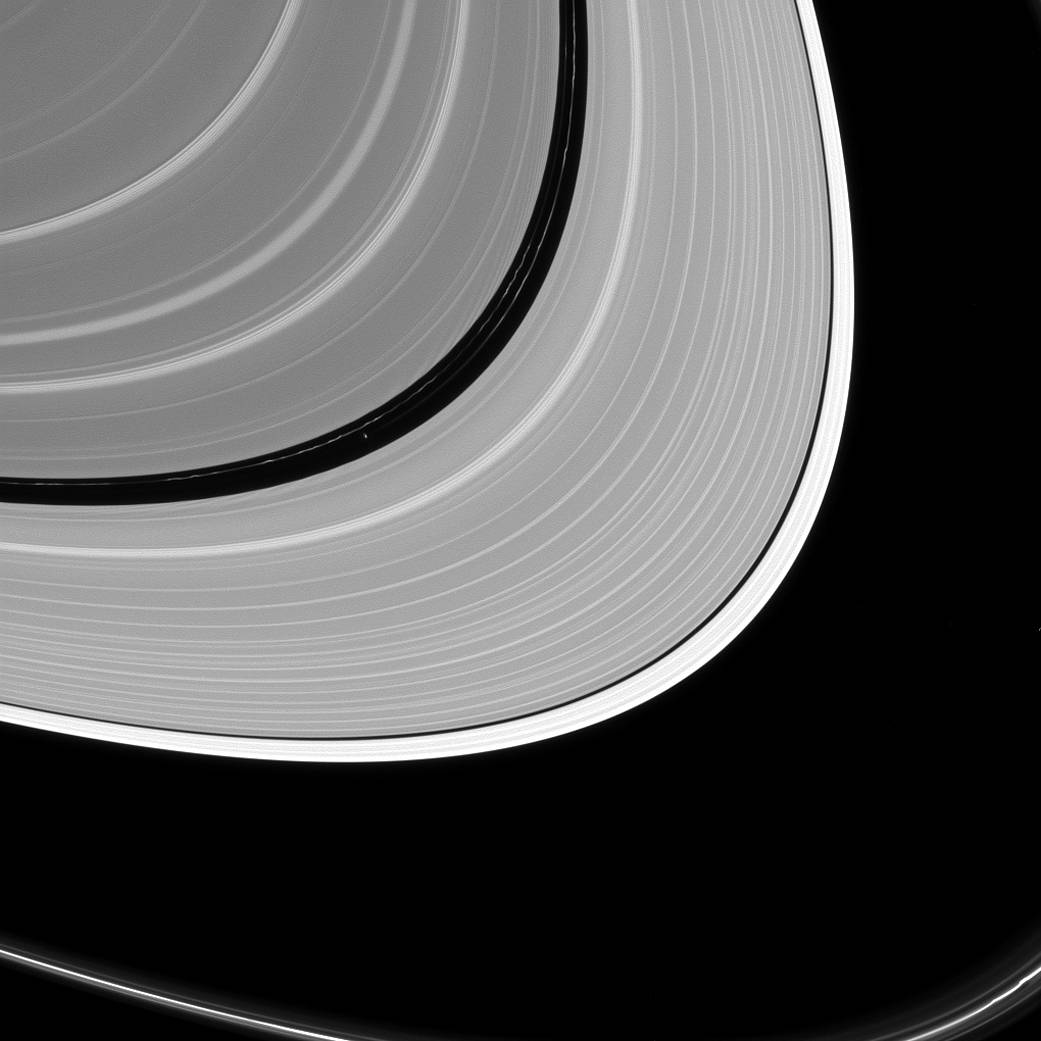
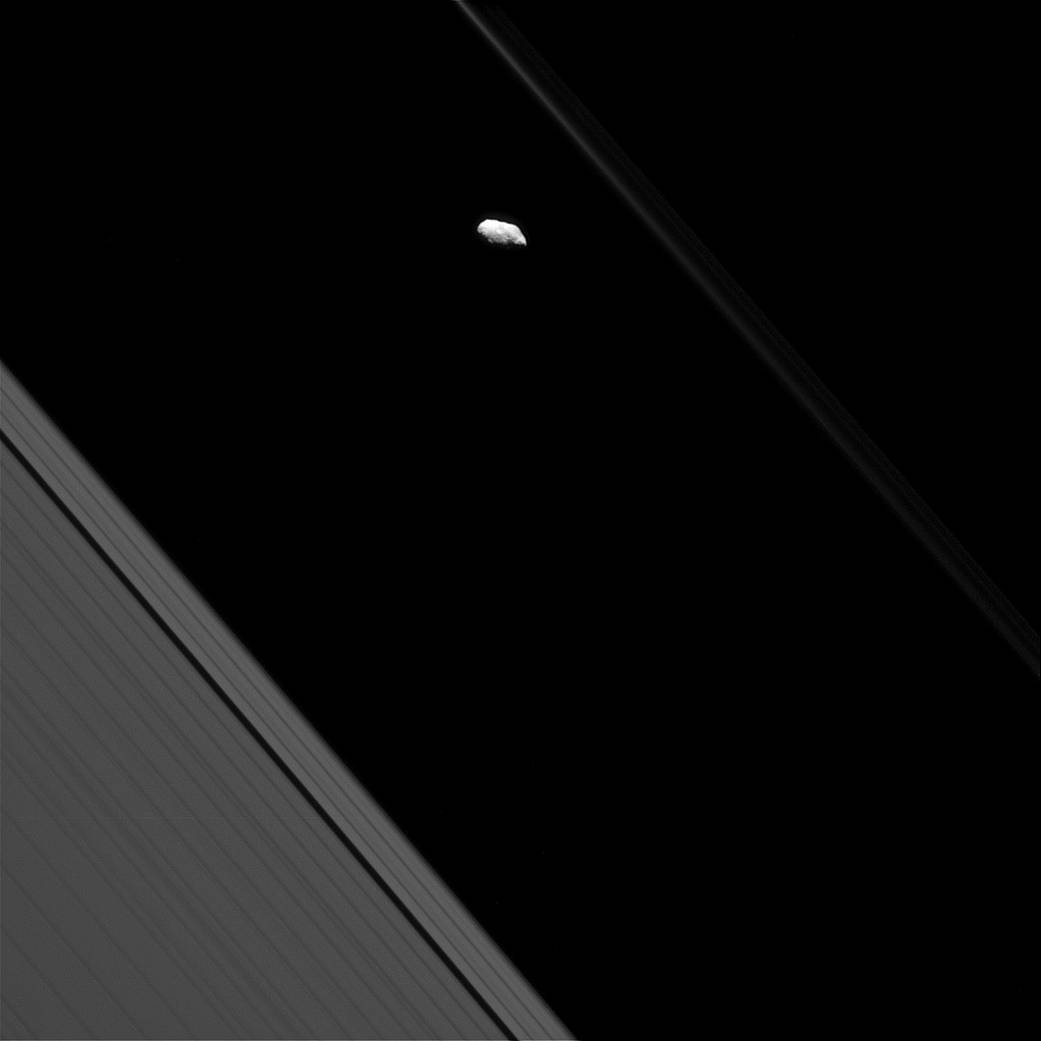
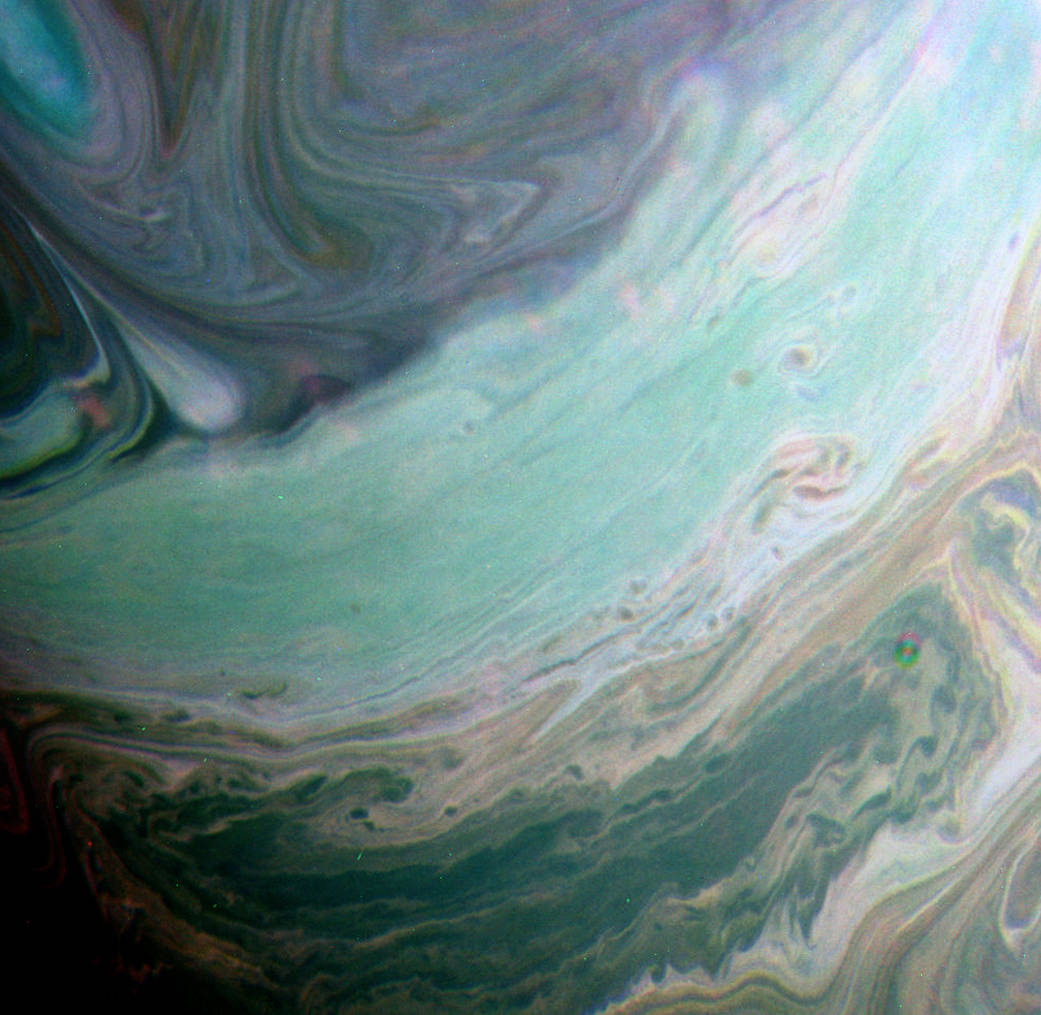
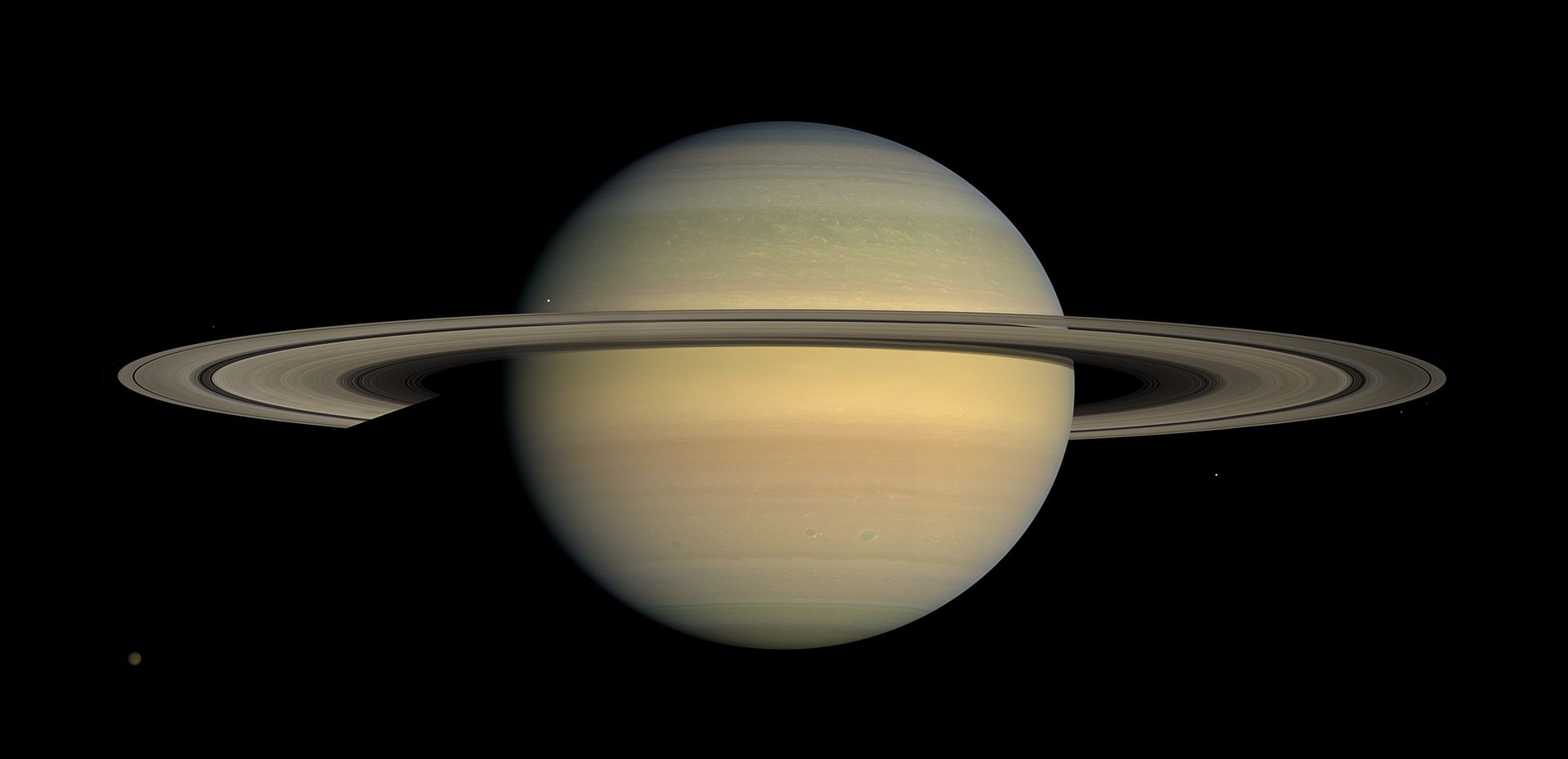
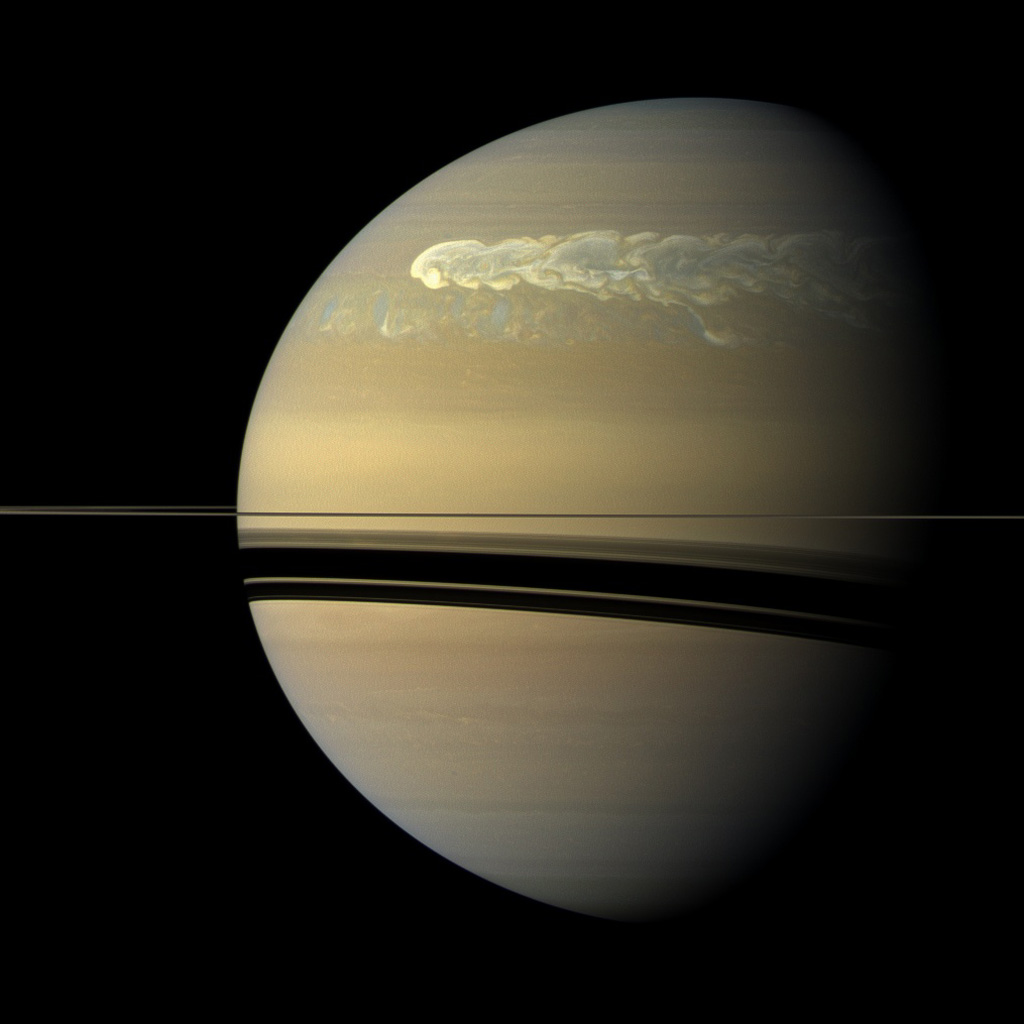
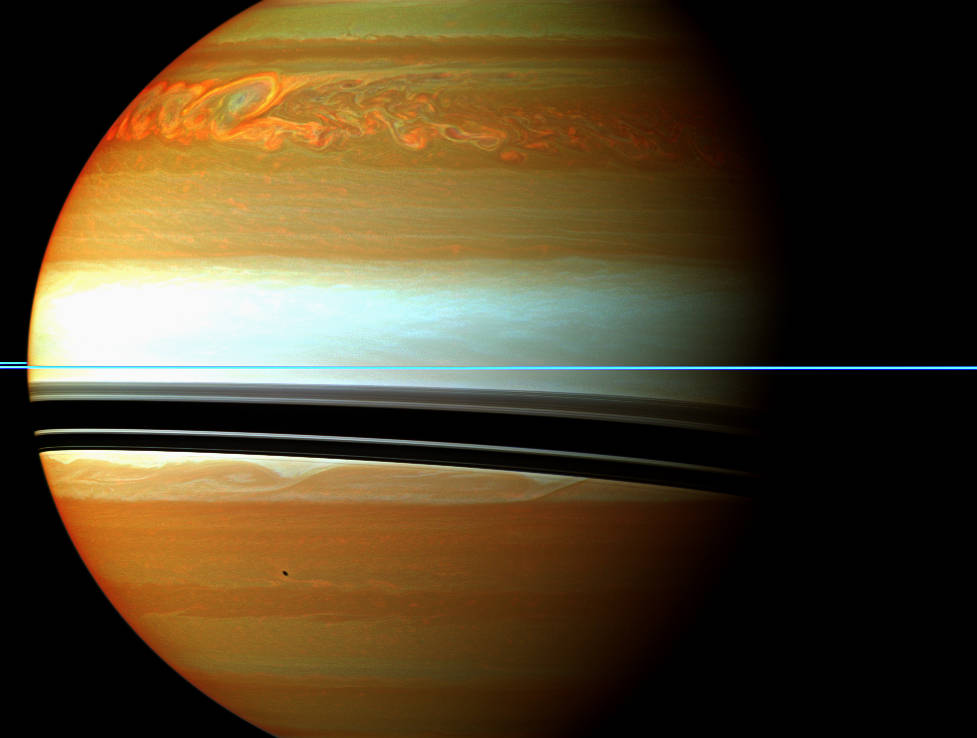
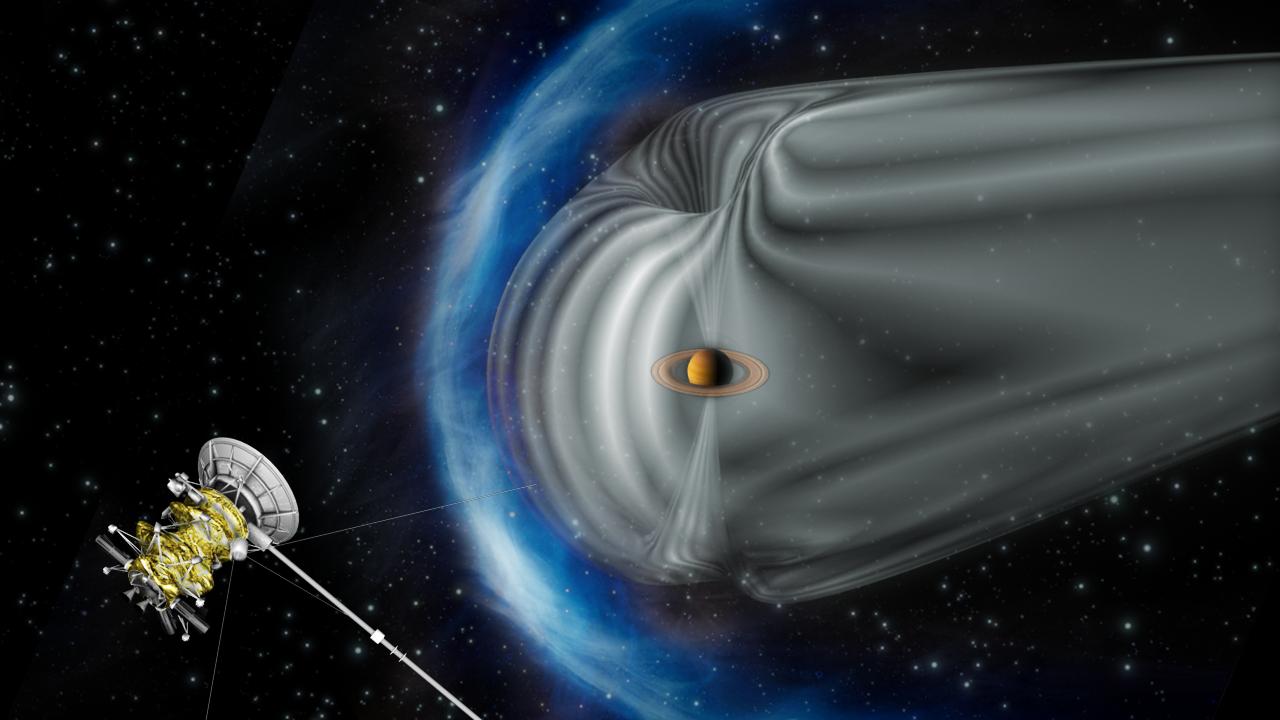
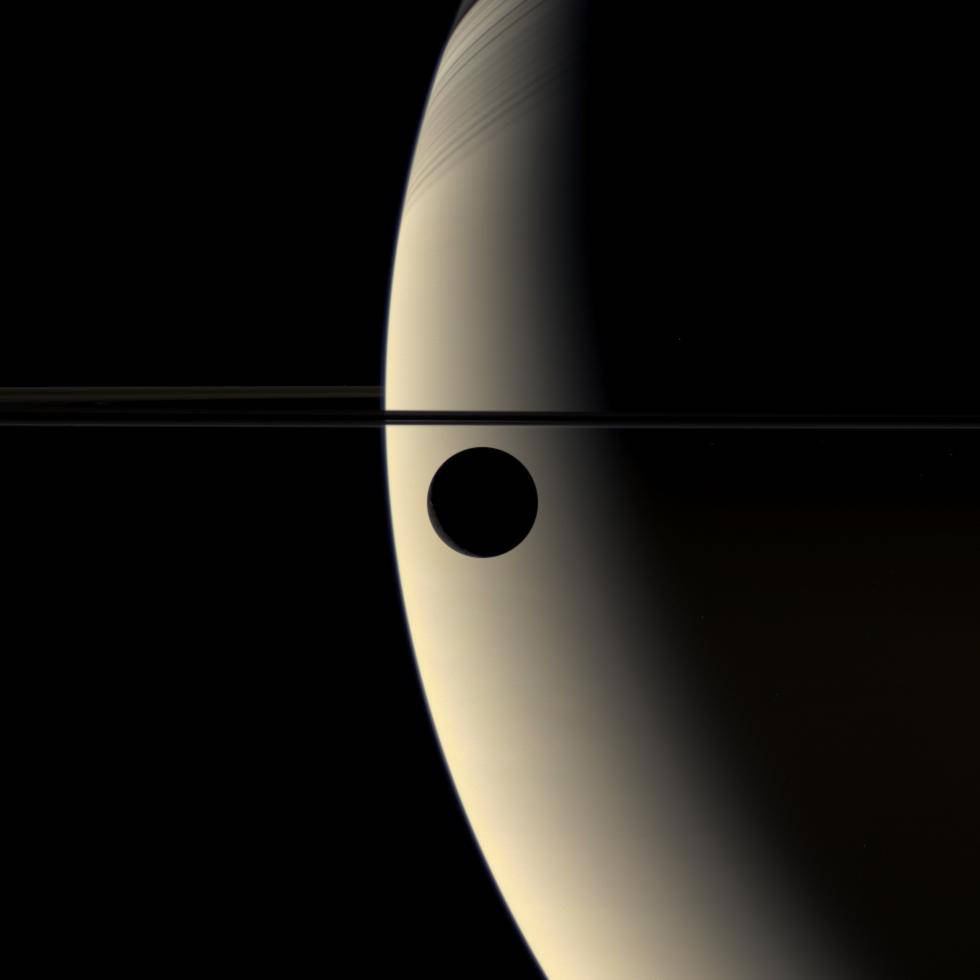
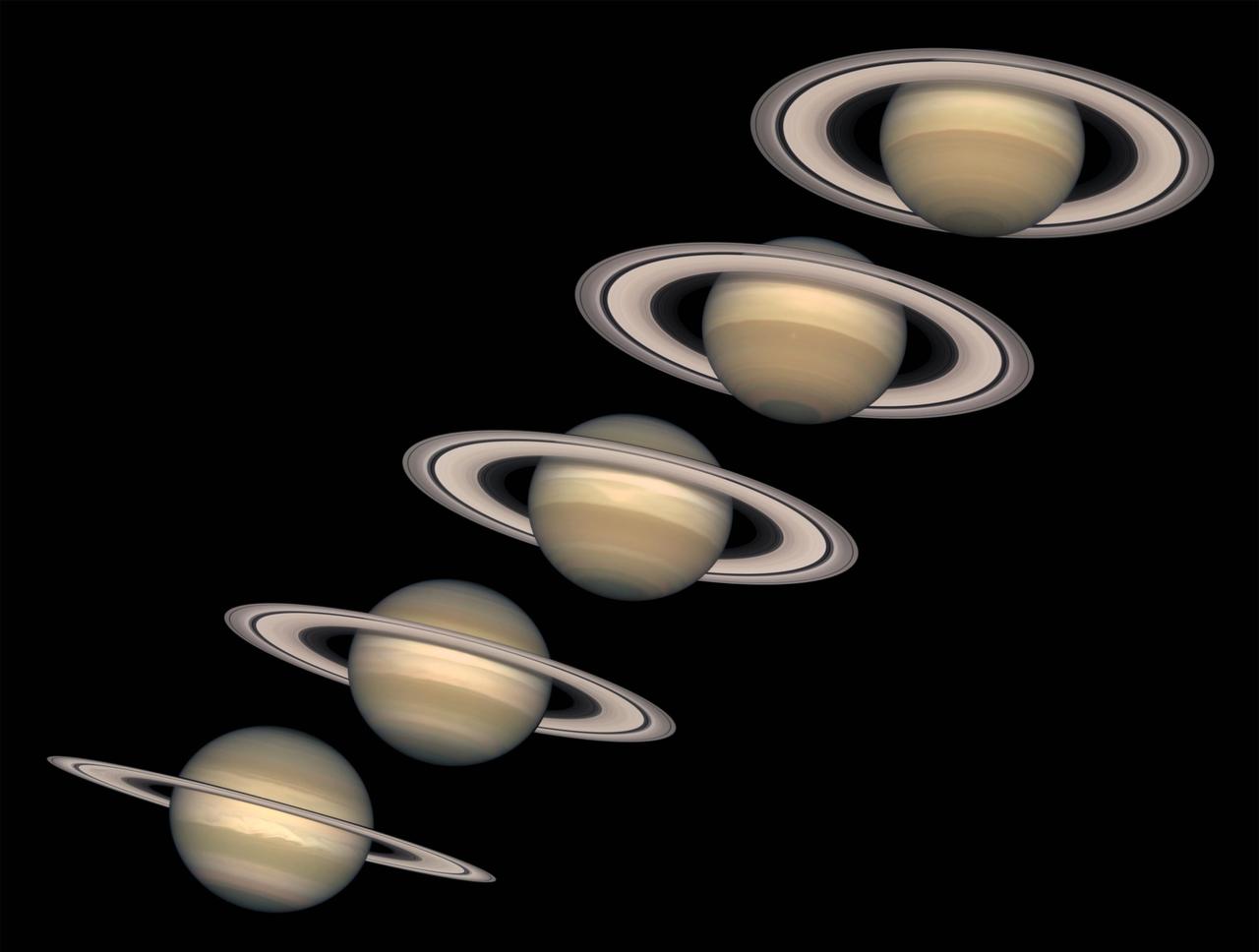
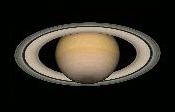
Saturn Montage
Pioneer 11's View
Size Comparison
Saturn
Saturn in False Color
Saturn Backlit
Polar Vortex
Strange Formations
Polar Vortex
North Pole Vortex
Icy Worlds
Side On View
From Above
Maximum Tilt In False Colour
Saturn's Rings
Cassini's View
Thin Arc
Polar Lights
Saturn
Tiny Moon And Rings
Irregular Moon
Dynamic Fluid
Saturn
Huge Storm
Northern Storm
Magnetic Field
Planet Art
Saturn's Seasons
View From Earth































